Lightweight camping stoves.

What we are looking at here are stoves for backpacking. These will all be portable enough to be carried in a rucksack and light enough not to break your back as you do so. By and large they are good for simple meals of the ‘One pot wonder’ variety rather than for cordon bleu delicacies. Fuel types vary, gas being the most popular, most of the time but liquid fuel stoves are de rigeur for expeditions and the Trangia spirit burner system will be forever etched into the memory of most scouts as it has been in use practically unchanged for generations and it is here that we begin.
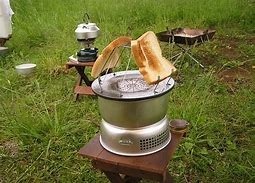
Trangia Cookset System.
This is the bulkiest and heaviest of all the stoves here but the weight includes all the pots and pans in the set. Most other stoves require pans so the weight of those should be included for a fair comparison. The stove consists of a stable base connected to a windshield. A small burner and the cooking pan sit inside this. The all-enclosing nature of the windshield means that this is an exceptionally good stove in blowy conditions when most other stoves suffer. This is probably the only stove that improves its boil time in windy weather. Meths is the standard fuel of choice which is poured into a small burner and lit. Burn time is about forty minutes and, for obvious reasons, the burner shouldn’t be refilled while hot. This is a very reliable stove due to its simplicity. This and its safety in use are the reasons it is popular with youth and Scout groups. Trangia have now introduced gas and liquid fuel burners both of which can be used with existing stoves. These add to the functionality but detract a little from the simple elegance of the original, I think.
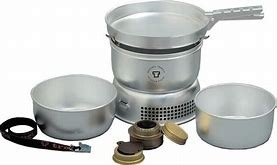
Positives. Efficient. Includes pots. Safe. Good in bad weather. Utterly reliable.
Negatives. Bulky. Limited burn time. Long trips require a lot of fuel.
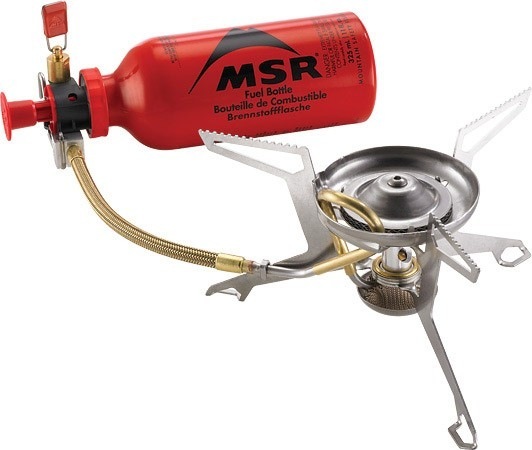
Liquid Fuel Stoves.
These are a regular on extended adventures. The use of energy dense fuels like petrol and kerosene allows expeditions to carry the minimum weight in fuel for the maximum burn time. They are made by MSR, Coleman, Optimus and others. All burn white gas/Coleman fuel and petrol. Some will allow the use of kerosene and diesel but if you need to do this then expect to spend a long time cleaning your stove (and other gear) afterwards. A few also have a connection for a threaded gas cartridge. These stoves consist of a burner, a fuel tank and a pump. Once pressured correctly fuel emerges from the burner as vapour and is lit to give a strong, hot blue flame. Getting it wrong though could mean large red, smoky flames and loss of eyebrows and/or bowel control. These are a great choice for any trip where your water supply comes from melting snow and for any unsupported expedition longer than a week. Remember when flying to wash the fuel tank out thoroughly and disconnect pumps and make sure that all the valves are open to prevent damage to seals and O rings.
Positives. Very fuel efficient. Perform in any temperature. Powerful.
Negatives. Require users to read instructions and practice.
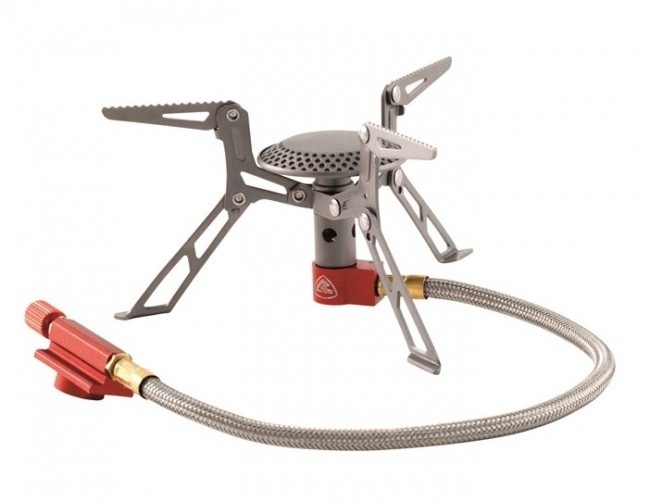
Gas Stoves.
The most common camping stoves on the market and with good reason. They are cheap, the flame is easy to adjust and there is very little to go wrong. The self-sealing, threaded canisters are widely available from a variety of sources. Gas burners come in a variety of styles, sizes and there is one to match pretty much any budget. There are three obvious variations on the shelf so I will run through each separately.
Firstly, are the stoves that screw onto the top of the gas cartridge. Vango and Easy Camp start at under twenty euro while at the other end of the scale MSR, and Robens have higher performance versions costing up to around eighty euro some with piezo ignition. The differences are essentially twofold, the cheaper ones feature less powerful burners and lower quality componentry. If you can wait an extra thirty seconds for a cup of tea and don’t use the stove all that often then the budget option might make more sense. For regular users though the durability of the dearer models will be a better deal over time. The smallest of these will fold up tiny enough to fit into a shirt pocket but are only able to cope with smaller pans as the pot rest is quite narrow.
Positives. Cheap. Simple to use. Small. Light.
Negatives. Less stable.
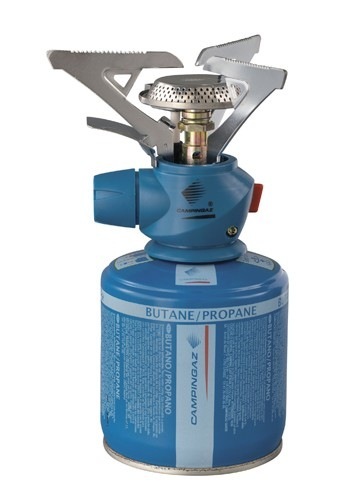
The next stove variety is the remote canister option. The burner sits directly on the ground and is attached to the gas cartridge via a pipe. For cooking in the open air this provides some advantages over the previous kind. Firstly, the stove is inherently much more stable which easily allows the use of bigger pans. The Vango Roar in fact, is a scaled-up version specifically for use with groups or families which will take frying pans and bigger pots with less chance of everything being knocked over. Keeping the burner closer to the ground makes it easier to shield from wind and having the flame adjuster away from the burner is safer and less fiddly. Prices range from forty to a hundred and fifty euro and as always, I would say that the dearest is only better if you need all the extra features. For most of us the middle of the road option does just fine.
Positives. Stable. Light. Simple to use.
Negatives. None that spring to mind.

Our penultimate option is the newest kid on the block. Integrated cooking systems were first popularised by Jetboil but there are quite a few on the market nowadays. These have a burner which snaps directly onto the cooking pot which is usually insulated on the outside and doubles as a large mug. They are all extremely efficient compared to standard stoves and have very good wind resistance. Mainly I see these as single person water boilers rather than as stoves per se. The design makes it less easy to do actual cooking so I use mine mainly for drinks, dehydrated food and reheating soups. Companies now offer different sized pans to make it easier to use them for groups but there are plenty of group stoves around and I am unconvinced that these offer much in that area. There are loads of recipes out there on the web if you want to get more adventurous though. The Jetboil was the first and we do this as well as a ‘me too’ option in the Blade Fastboil 2. The latter lacks the polish of the former but comes in at exactly half the price. Top of my wish list at the moment though is the MSR Windburner. Externally it looks the same as the rest but the radiant burner system performs so well in windy conditions that it absolutely gets my vote. If you have ever waited for a brew on an exposed ledge on a bad day in January then you will definitely appreciate the foul weather performance. Priced between seventy and one hundred and fifty euro these are the least budget friendly stoves for backpackers but they are designed to do a great job in the worst conditions and that always costs.
Positives. Great performance in bad weather. Light. Compact.
Negatives. Limited gastronomy options.

Kelly Kettle.
Last but certainly not least comes the Kelly kettle. This is relatively bulky but you carry no fuel and getting the kids to go gather sticks is a good way to use up their energy. This is a double walled canister over a metal base. You set a fire with twigs and other dry fuel and feed more fuel in through the top. The large surface area boils water fairly quickly and a stove attachment can be bought to use the excess heat for cooking on top. It is less practical for lightweight backpacking but great fun for families and very useful for things like fishing trips where you wouldn’t move around too much. In my mind this is quite a seasonal bit of gear as I wouldn’t want to be looking for dry fuel on Sorrel hill in the Wicklow winter but I have had one for years and still enjoy using it.
Positives. Never carry fuel. Light. Nothing to go wrong.
Negatives. Have to gather fuel. Bulky.
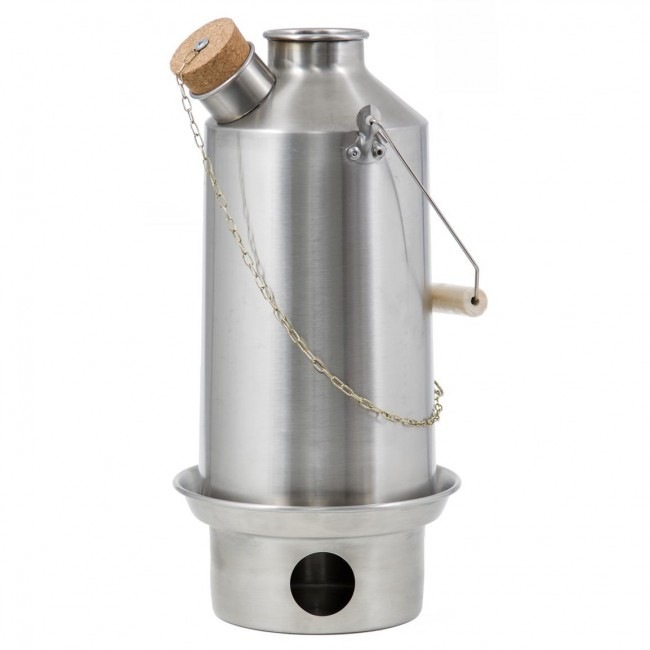
Fuel.
Almost all the gas for these stoves worldwide is a mix of propane and butane and so they will all burn comfortably in sub-zero conditions. As I type this it is hard to think of any company that still uses purely butane for gas stoves. The most common type of cartridge is the one with the threaded connector that screws onto the stove. Camping Gaz have a proprietary system which only works with their stove so be careful that the cartridge you buy matches the stove you have. Threaded valves are available everywhere on Earth and are universally compatible. Camping Gaz valves only fit that company’s appliances and supply is generally good in central Europe but patchy to non-existent in other places.
Mineralised methylated spirit or Meths is the standard Trangia fuel in the UK and Ireland but is known as Alcool a bruler in France, Brennspirit in Germany and Rodsprit in Norway. This site is great for local translations, http://fuel.papo-art.com/#tableoffuelnames .
Any petrol will work in liquid fuel stoves but every so often it is worth splashing out and running through White gas instead of petrol. This highly refined petroleum can be hard to find but will help keep your jets from getting clogged. As with Meths, the name changes around the world so be prepared before you go shopping for it.
Some stoves come with Piezo spark ignitors which are great but as they get bashed around a rucksack or squashed into a kayak hatch, they can have a limited life expectancy. It is always worth sticking a lighter or a box of waterproof matches into the bag containing your stove so that you are never stuck for a light when it matters.
All of these camping stove and more can be seen on our website here;
https://www.charlescamping.ie/store/index.php/accessories/cookers/hiking-stoves.html
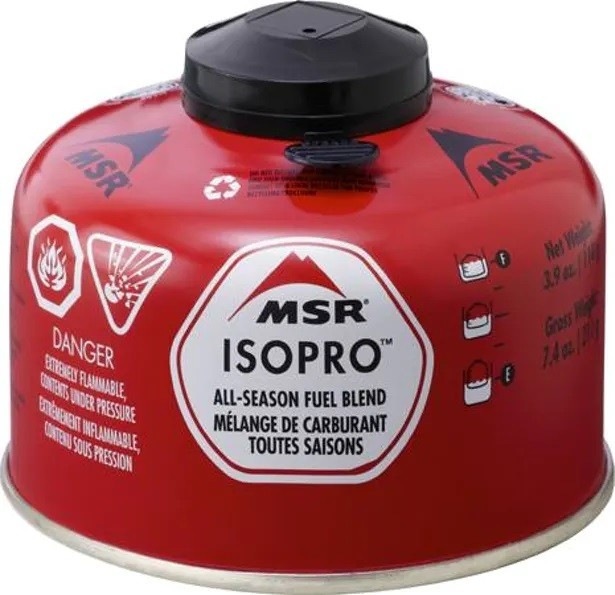
If you have any outdoor related questions or suggestions for future articles then email neil@charlescamping.ie

Articles from Neil Smith
View blog
Working split-shifts meant that I had a few hours every day to do chores, go for a run or wander abo ...
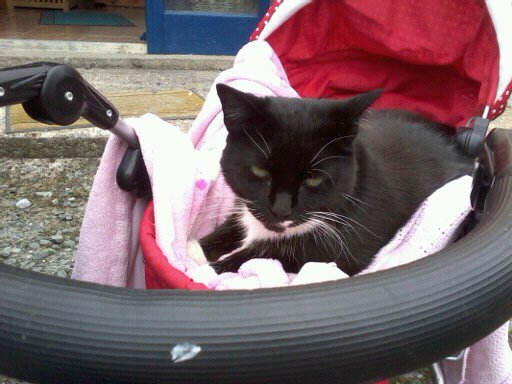
She’s gone a couple of days now so I’m not greeted by her loud complaining as soon as I walk in the ...
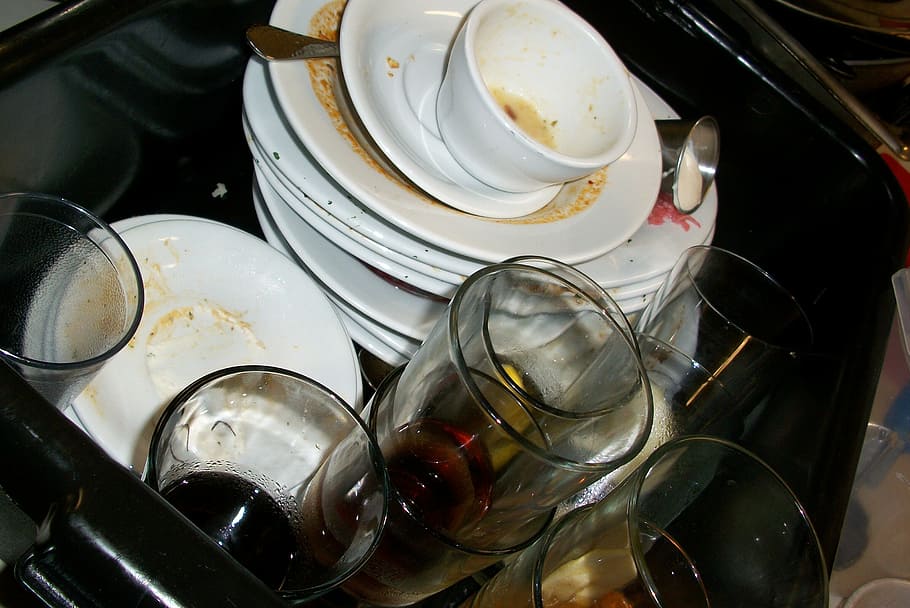
‘Vous voulez laver les vassailles?’ · ‘Oui.’ · ‘Mais Pourquoi?’ · I then pushed the absolute limits ...
Related professionals
You may be interested in these jobs
-

Senior Frontend Engineer
Found in: beBee S2 IE - 4 days ago
Andopen Ireland Full timeAbout &Open · The world's first happiness platform · Our gifting platform sends digital and physical gifts at scale · Clients include Airbnb, Spotify, Etsy and more · Join our growing team · What you'll need · 5+ years as a frontend/JavaScript/TypeScript engineer, with demo ...
-

Compliance Analyst, Assistant Vice President, Hybrid
Found in: beBee S2 IE - 8 hours ago
State Street Kilkenny, Ireland Full timeWho we are looking for · We are seeking to recruit an enthusiastic Compliance professional, to join our Corporate Compliance team, covering our fund administration and custodian/depositary businesses in Ireland. Reporting to the Heads of Compliance, the role will involve engageme ...
-

Payroll Specialist
Found in: beBee S2 IE - 1 week ago
Walters People Dublin, Ireland tempPayroll Specialist - Dublin · Walters People are seeking experienced Payroll Specialists for our clients based accross Dublin. · Key Responsibilities: · Coordinate payroll processes across Ireland · - Maintain efficient payroll processes and reporting. · - Collaborate with intern ...
Comments